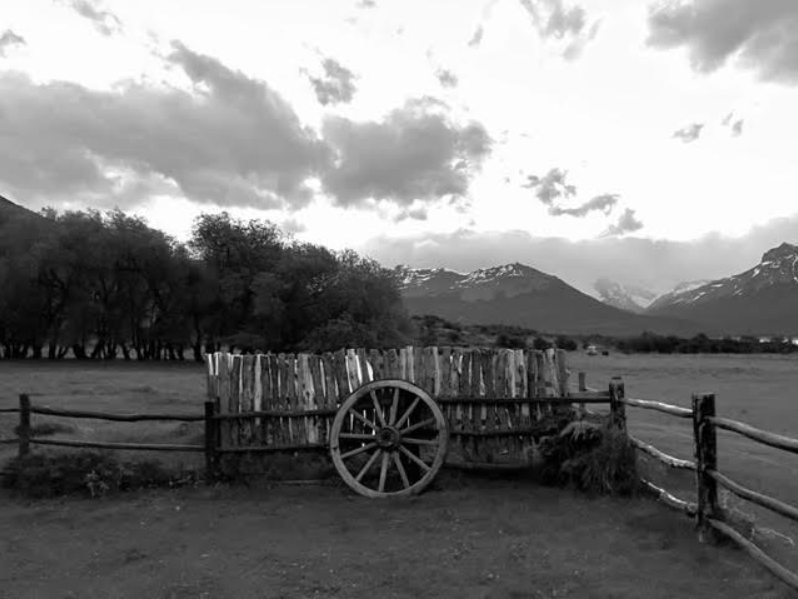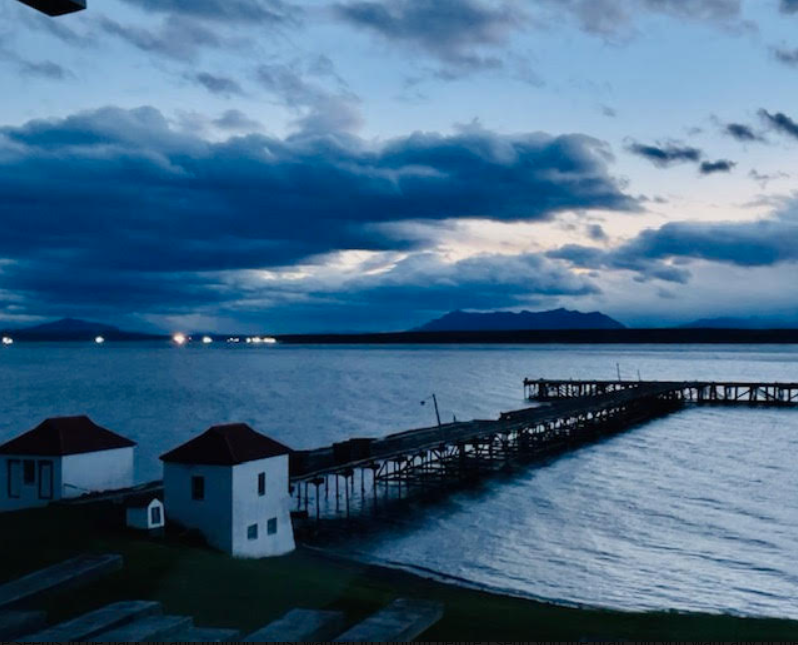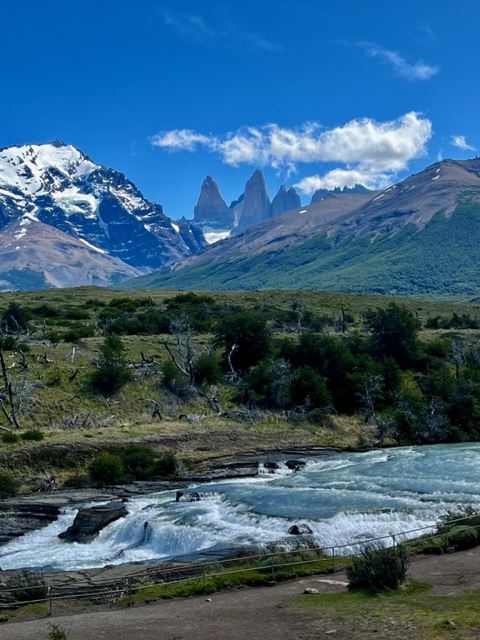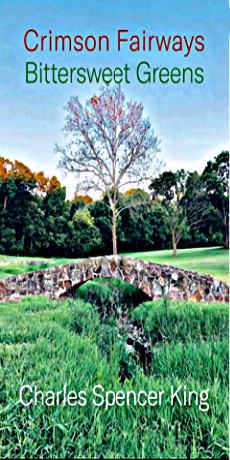by Michael Traynor
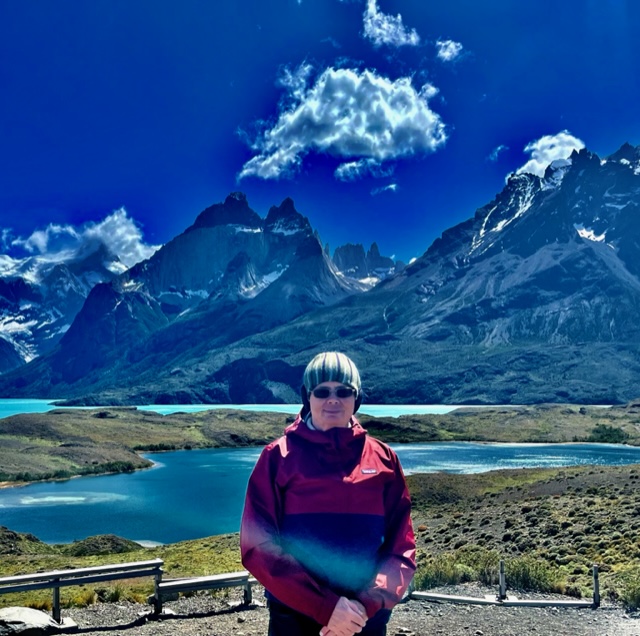
Have you wondered what it might be like to live a wilderness life? A wilderness is traditionally defined as a landscape with a mosaic of ecosystems that function with little influence from human beings. It is tempting to yearn for the values in doing so: independence, self-reliance, and a deeper connection in nature. And yet a wilderness can also instill a bewildering sense of isolation, inhospitality and loss.
If you want to lead a wilderness life, how do you go about it? First off, a wilderness might be defined more expansively than an ecosystem of few humans. Metaphorically speaking, our current secular, urban, technological society could also be viewed as a form of wilderness living. Modern society may appear to be an ecosystem filled with humans and human busy-ness, but it can easily be experienced as lacking in real humanity. Perhaps we each live in a wilderness experience of our own design? Paraphrasing Donne, no man is an island, entire of itself – until each man fashions their island of choice.
To learn more about living in a wilderness, I thought to visit a typical one. The choice of which one is made simple by use of the universally accepted method for all human inquiry – Siri. Siri told me to visit Patagonia. Siri clarified that to mean the end of the world, not the clothing store. Patagonia encompasses the southernmost part of South America, spanning Argentina and Chile. The region is marketed to modern tourists as “The Last Wilderness” lying at the end of the world, with Tierra del Fuego home to the southernmost city on earth.
Having returned, Patagonia looks like the classic wilderness, but it does not feel like one in the metaphoric context. Patagonia felt like a cultivated area, just cultivated by nature; like an inhabited area, just inhabited by myriad forms of life; and like a hospitable area, just hospitable to whatever respects its role in nature. The Patagonian wilderness is one in which all life, including human life, seems tightly woven in a unified sense of struggle, intent, and purpose. Patagonia may be empty, but it is not isolated, lonely or unconnected. It may be savage, but it is not angry, resentful, afraid, or ashamed. In this wild, nothing seems lost; nothing is extra. Everything, including humanity, seems essential to everything else.
Patagonia’s empty landscape works to reveal an ultimate connectedness. Perhaps modern society’s sheer abundance of activity and connection works to reveal an ultimate emptiness. In certain ways, wilderness living may be more prevalent in a densely populated urban center than it is in Patagonia. It seems we are all destined to lead a wilderness life to some extent. Living in a wilderness may even be inescapable, with our choice being confined to selecting a venue, and how satisfied we feel with our choice
Water and Waterfalls
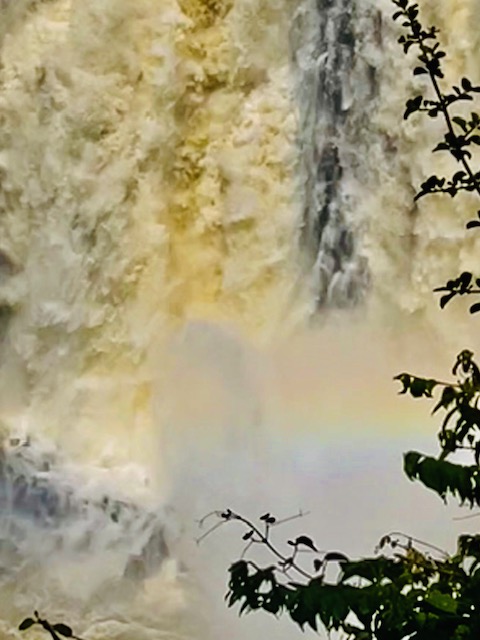 |
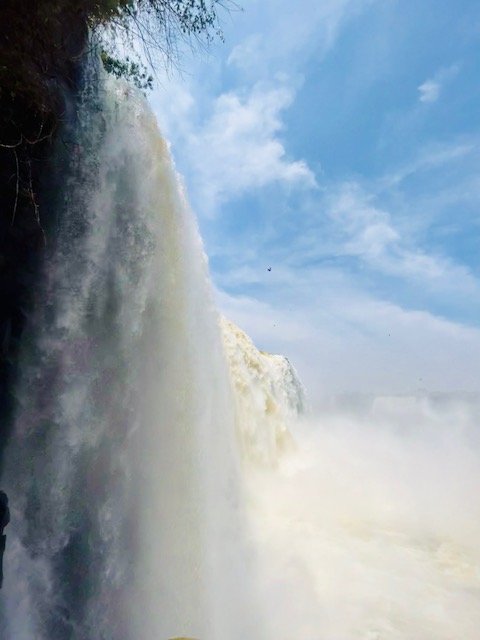 |
Glaciers
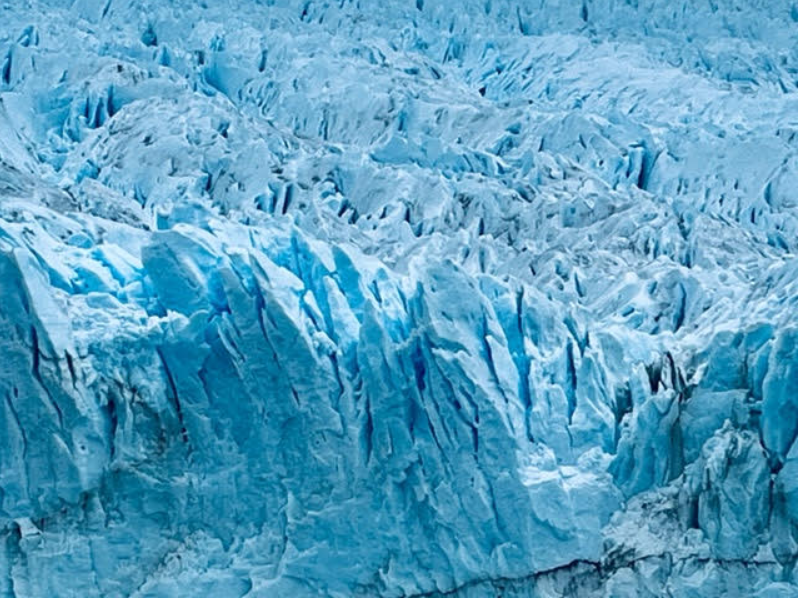

Mountains
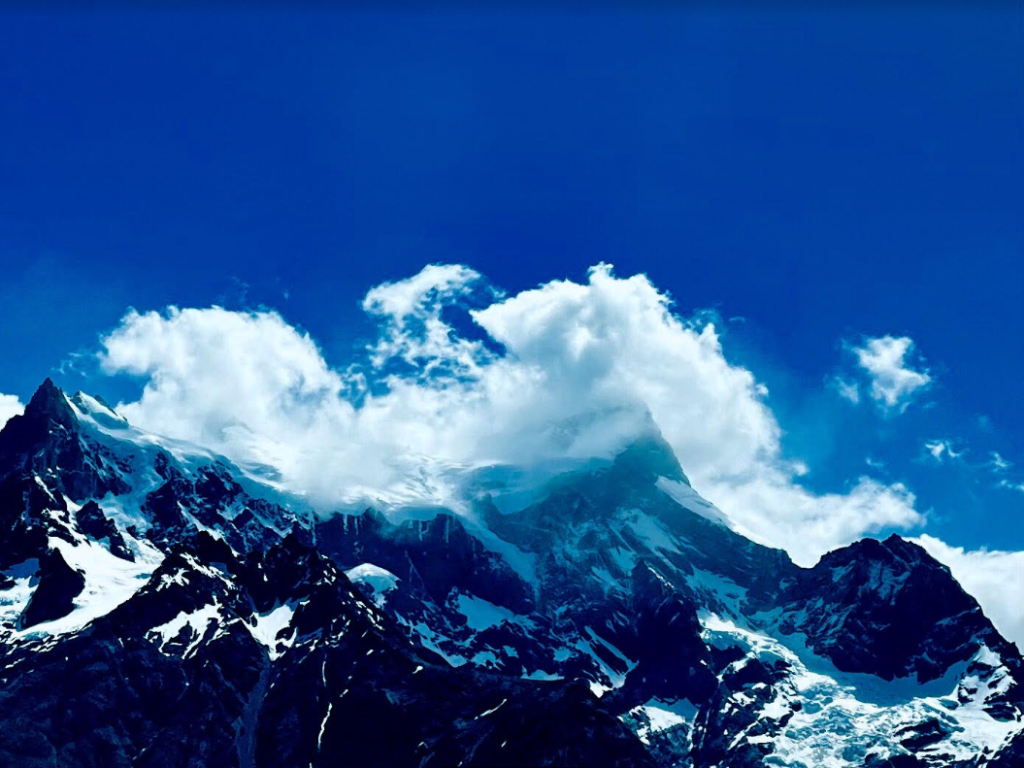
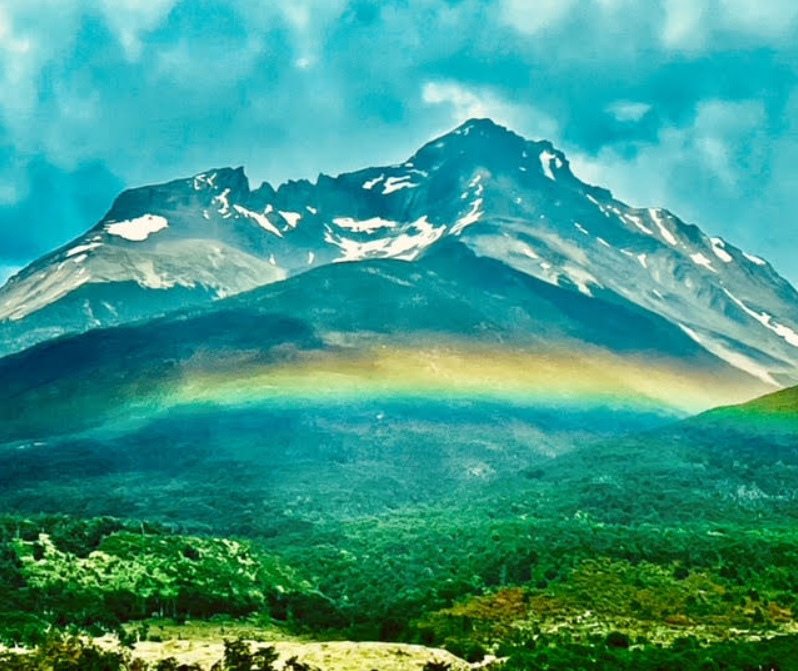
Lands and Glacial Lakes
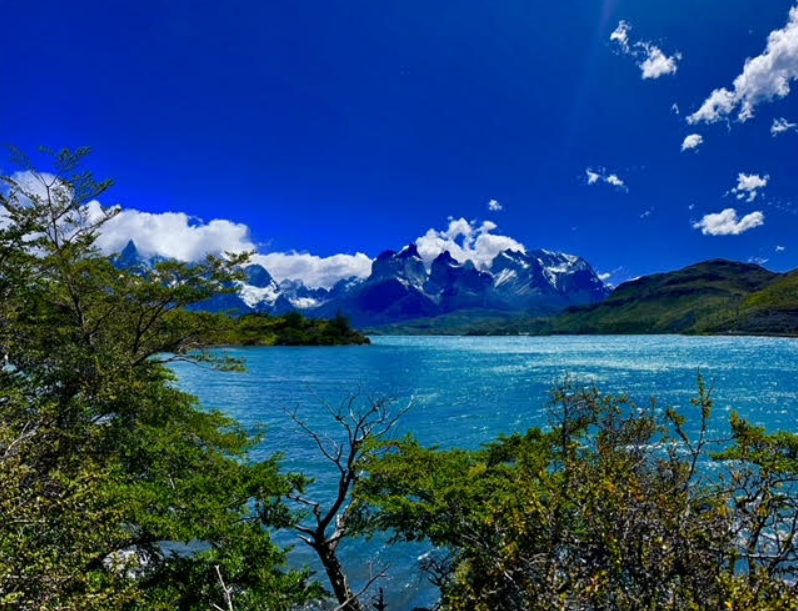
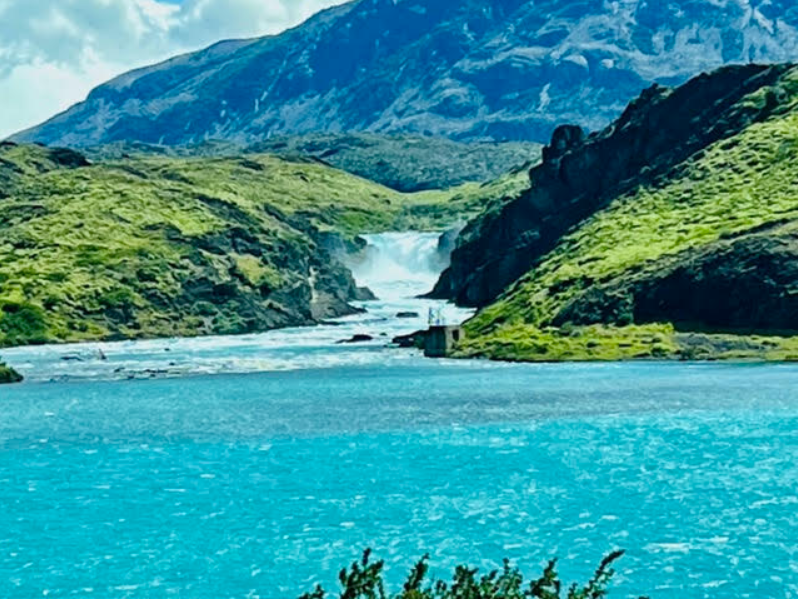
Painted Skies
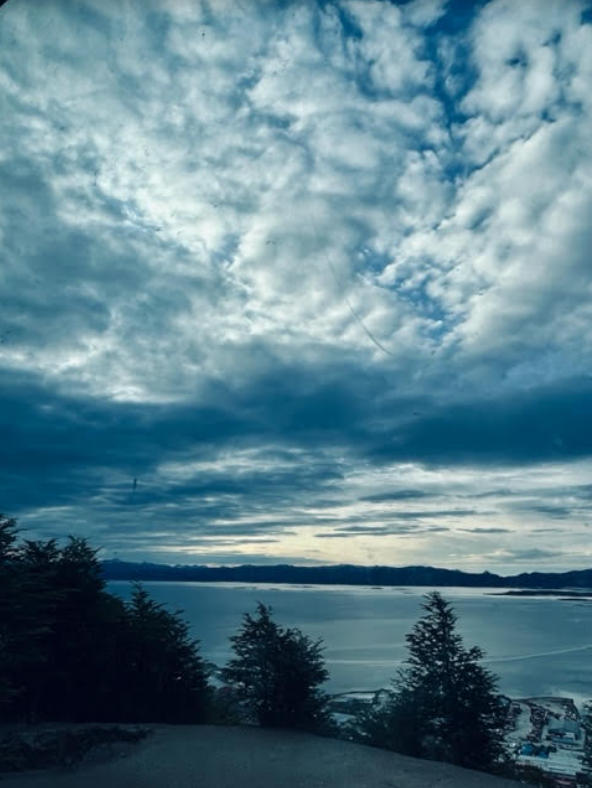
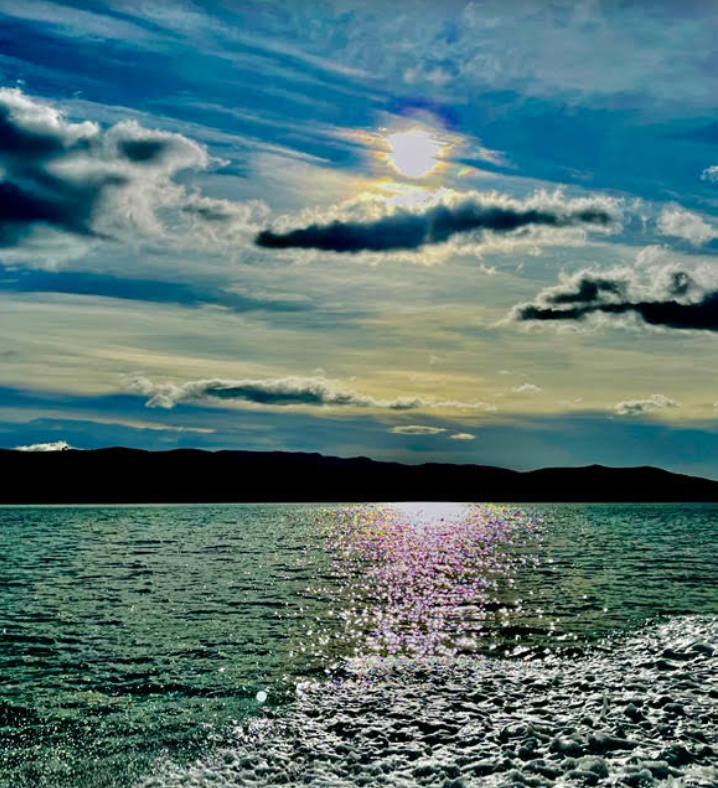
Trees and Plants
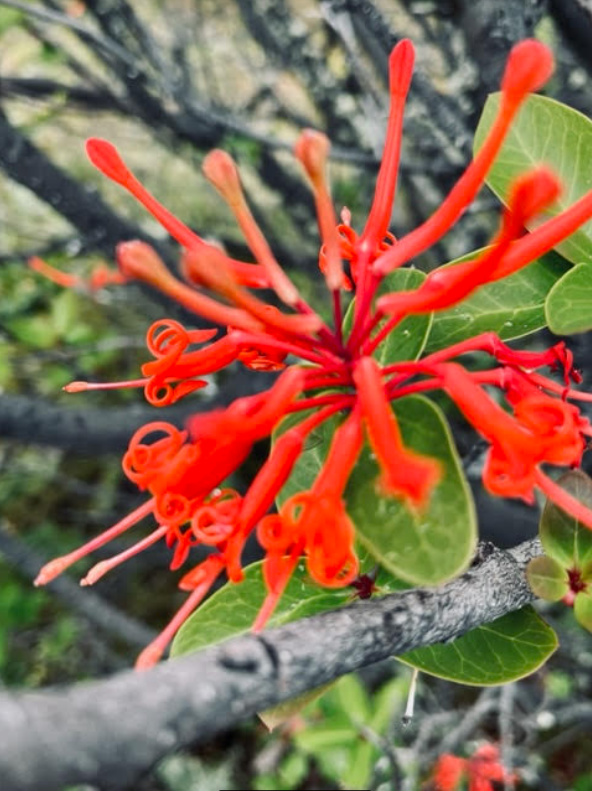 |
 |
Animals and Birds
 |
 |
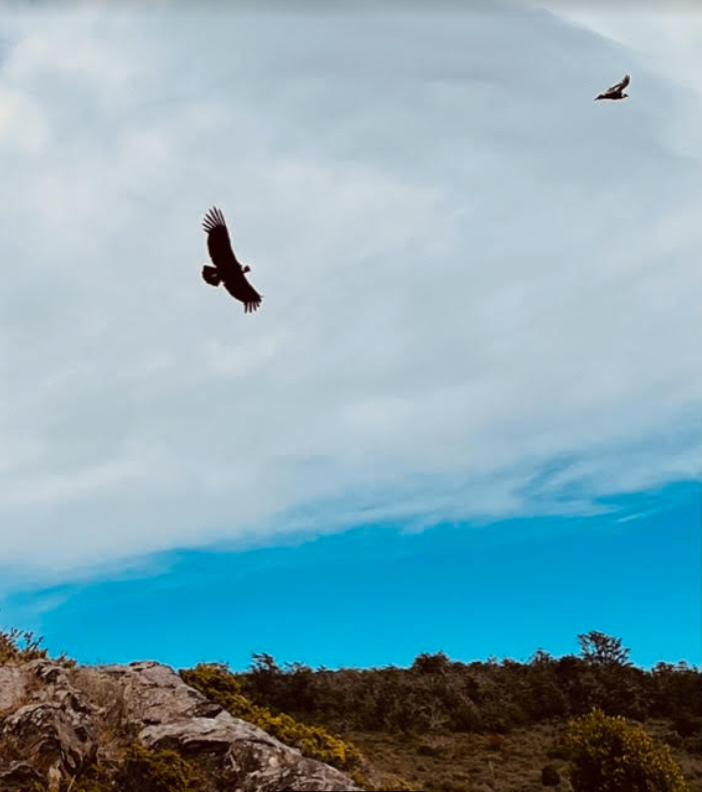
Religious Spaces

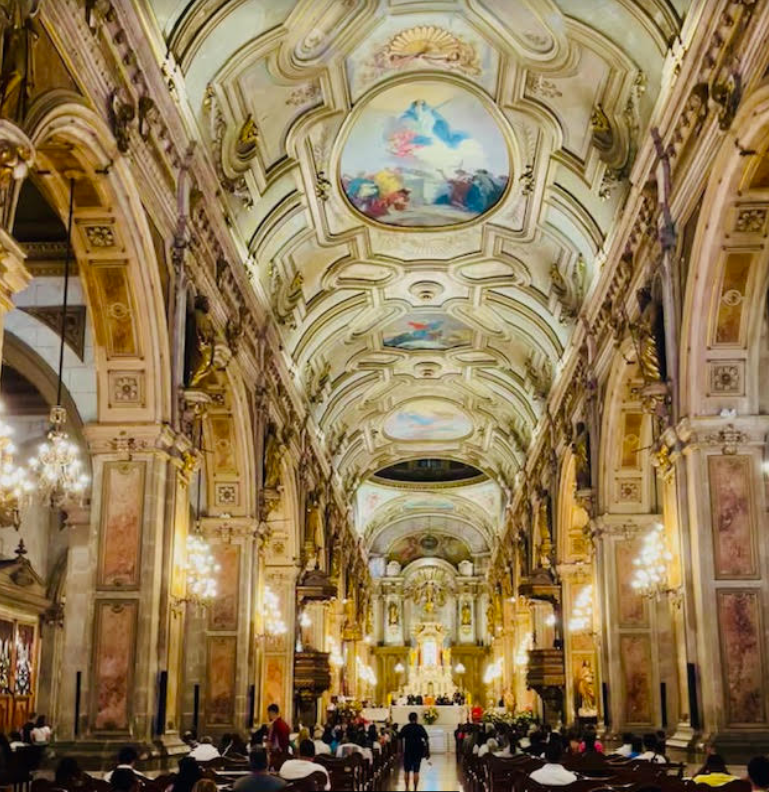
Commercial Spaces
